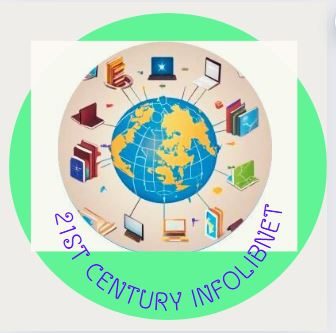
Introduction:
On May 28, 1991, a significant event took place in Ethiopian history that marked a turning point for the nation. The Ethiopian People’s Revolutionary Democratic Front (EPRDF), a coalition of rebel organizations, entered Addis Ababa, the capital of Ethiopia, effectively ending 17 years of Marxist rule under the military regime known as the Derg. This event brought about triumphs, challenges, and ultimately shaped the final fate of the EPRDF.
Triumphs:
1. Overthrowing the Derg: The EPRDF’s victory on May 28, 1991, marked the overthrow of the military dictatorship of the Derg, which had subjected the Ethiopian people to gross oppression and human rights abuses [2].
2. Transition to Democracy: Following the fall of the Derg, a transition government was formed, and a new democratic constitution was drafted in July 1991. This constitution aimed to ensure equal rights and freedom of expression for all Ethiopian citizens [1].
3. Socio-economic Development: Over the past 21 years since the victory, Ethiopia has made significant progress in socio-economic development, improving the living conditions of its people. The country has achieved a double-digit economic growth and implemented development policies that benefit all citizens [2].
Challenges:
1. Internal Strife and Independence Movements: Prior to the EPRDF’s victory, Ethiopia experienced internal strife and independence movements in regions like Eritrea and Tigre. These challenges had to be addressed during the transition period [1].
2. Building Democratic Institutions: The establishment of democratic institutions, good governance, and the rule of law was a work in progress. It required continuous efforts to deepen and expand these principles throughout the country [2].
3. Opposition and Anti-Peace Groups: The EPRDF faced challenges from opposition political parties and anti-peace groups, some of which were supported by the Eritrean government. The EPRDF remained committed to working together on common national issues with peaceful and democratic opposition parties [2].
Final Fate of the EPRDF:
The EPRDF, after its victory on May 28, 1991, went on to become the ruling coalition in Ethiopia. It played a crucial role in shaping the country’s political landscape and implementing policies for development and stability. However, the EPRDF faced criticism for its governance style and handling of certain issues, leading to changes in the political landscape in later years.
Learn more:



